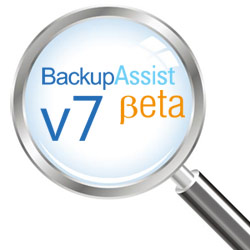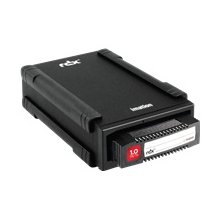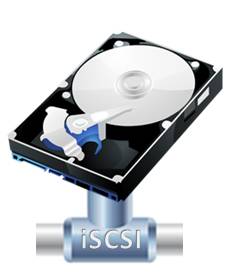05
Dec
BackupAssist v7 beta: Preview 1 – New interface
 One of the most noticeable changes in version 7 of BackupAssist is how it looks and feels, so I thought I'd use this first of two preview posts to take an early look at the new interface in a little more detail.
Earlier iterations of BackupAssist have often been praised for their simple interface layout and ease of use, so when I first heard that the developers were looking to improve on this for version 7, I'll admit to being a little apprehensive!
One of the most noticeable changes in version 7 of BackupAssist is how it looks and feels, so I thought I'd use this first of two preview posts to take an early look at the new interface in a little more detail.
Earlier iterations of BackupAssist have often been praised for their simple interface layout and ease of use, so when I first heard that the developers were looking to improve on this for version 7, I'll admit to being a little apprehensive!
14:29 /
BackupAssist


 One trend I've noticed since we've been supplying
One trend I've noticed since we've been supplying  I came across an issue on a support call the other day I thought worth sharing as it's bound to be something a few of you will see too.
I came across an issue on a support call the other day I thought worth sharing as it's bound to be something a few of you will see too.
 I often get asked about the best way to create off-site
I often get asked about the best way to create off-site